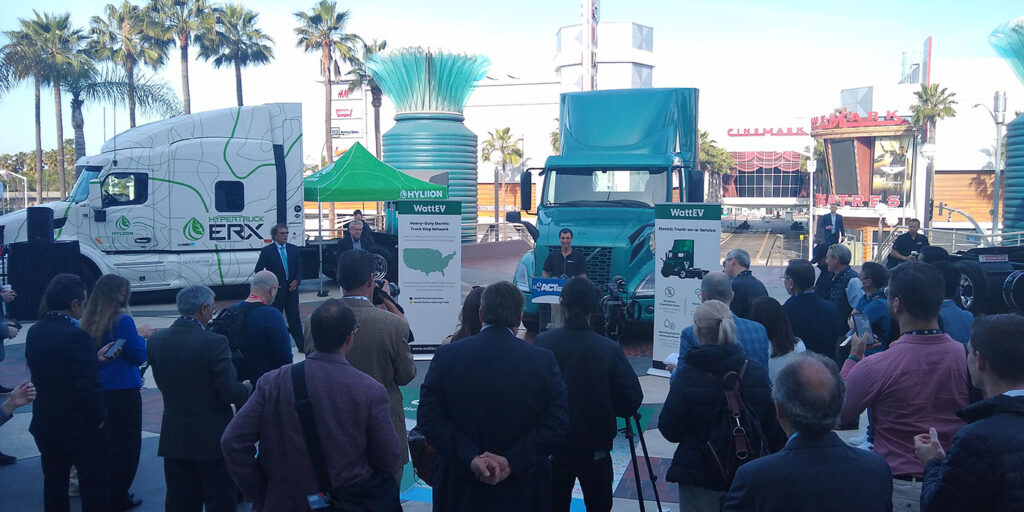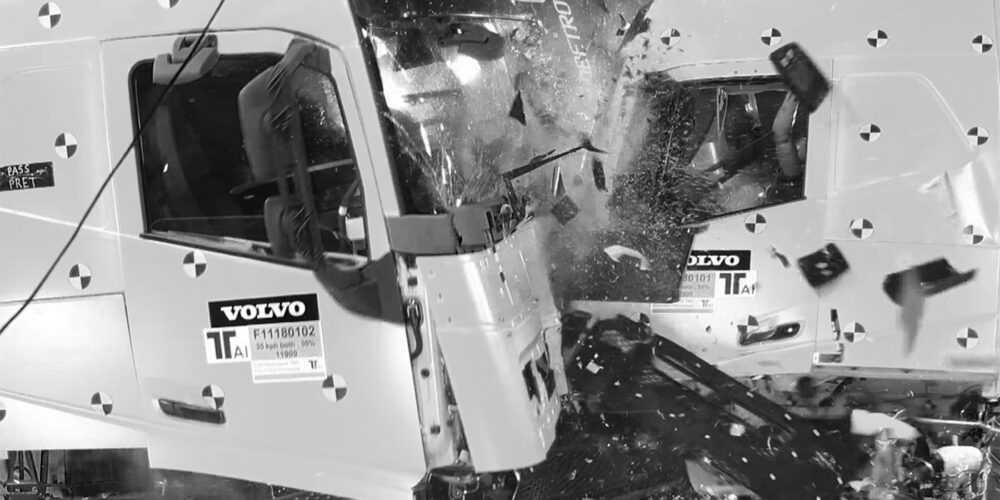It’s a day packed with press announcement, interview meetings, keynotes and conversations about the latest in zero-emissions vehicles. Reported attendance is up to beyond 8,000 people. Click here if you want to catch up on Day One. Now here’s what’s happening.
Watt EV announces infrastructure charging, talks trucks-as-a-service
You can’t even walk in the ACT Expo hall without running into a company making a major announcement. This morning kicked off with WattEV and the Port of Long Beach announcing a charging plaza for heavy-duty electric trucks inside the port complex. The charging facility would serve WattEV’s fleet of electric trucks as well other carriers committed to electrifying trucking operations to and from the combined ports of Long Beach and Los Angeles, which receive some 40 percent of the nation’s imported goods.
Read more about the announcement here:
Executive roundtable: The future of clean fleets
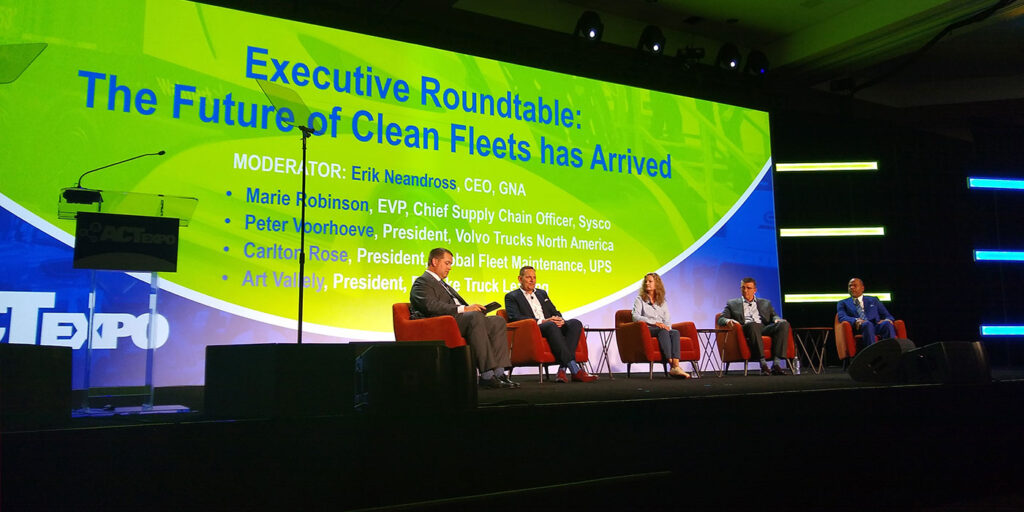
Here’s who’s on the stage for the conversation:
• Peter Voorhoeve, President, Volvo Trucks North America;
• Marie Robinson, EVP, Chief Supply Chain Officer, Sysco;
• Art Vallely, President, Penske Truck Leasing; and
• Carlton Rose, President, Global Fleet Maintenance, UPS.
The key quotes from the conversation.
Rose: When we decided to go with CNG, with any technology we have, nothing is perfect. But at UPS we never let perfect get in the way of good. CNG has been successful for us because we’ve been able to put infrastructure in for our package cars and tractors. We’re dual sourcing from the same fuel source. I certainly see a future for it and several other things. CNG isn’t going away. It’ll play a big role in our facilities. We’re not looking to abandon it, we’re looking for it to get better. We want our return better, we want it to run more efficiently and we want these costs down. I say it because we’re very proud that we launched that for the industry and took on the struggles for that technology so that people could take advantage of it. …
The economics and the environment have to intersect. That’s what we look for in our ROI–a road map to that intersection so that everyone can play in the market. …
If we look at our business model, our engineers work with the OEMs and we have the trucks spec’d to keep. We want to keep them a long time. At the spec’ing stage we know they’ll run out and then we have a great maintenance program. The best program for us is to do it ourselves. We have a seasoned group. And we like to keep them.
Robinson: What we’re assuming is to see some improvements in cost, reliability and performance. Working with partners, we’ve backed some of those assumptions in. We’ve worked with as much input as we can to build out our business case. We’re lucky at Sysco to have support from top-down to bottom-up. What i will tell you is that as we build our long-term financial plan, we’ve included these costs. While others talk about an internal green fund, we don’t have that. Every time we do a long-term plan, we refresh the forecasts and hold ourselves accountable. …
This is a journey we’re on. We have whole categories for which there’s no solution right now. Our refrigerated box trucks, for example. The OEMs are trying to tackle their big segments right now. But i know exactly how many routes are 150 miles or less. More than are than aren’t, but we need those technologies are developed to overcome those challenges.
Vallely: When you’re buying first-generation vehicles, it is an investment. You’re taking that risk. We take that on for our customers. We do the same others sites we’re planning for California. Roger Penske has made it a point that sustainability is going to lead the business. When you have that as the background it makes the decisions and approval process … we’re all together as a company that this is one of the key areas we have to lead in. This is no longer an “if” but a “when.” …
Diesel is going to be around for a while. The “when” is something that we’re all trying to figure out. We look at some of the challenges we’re facing right now. The infrastructure is where we need help and partnerships if we’re going to accelerate. As we’re looking to expand our charging network in California, 40% of the areas we’re looking at we are being given time lines of 18 to 36 months. With that and the range challenges and how long it takes to charge, we think that will come, but these other challenges have to be met if zero-emissions is going to take off in the short term. …
Voorhoeve: We have set our targets and we need to reach those targets. We’re investing in diesel technology and driver environments and now we have electromobility. We will invest to reach the numbers we need to reach. We started that 10 years ago with Volvo Bus, as part of the Volvo Group. We’ve been developing the technology for a long time. It follows the normal path, but what we see is the R&D budget is going up enormously. But that’s good because at Volvo Trucks we’ve decided to be. at the forefront of technology. …
We don’t stop investing in diesel. If we do 50% electric vehicles in 2030, we will sell 50% diesel vehicles. We’ve released I-Torque, for example, and we will continuously bring new technologies to the market. Ultimately what you’ll see happen is the number of diesel engine vehicles going down, but we believe that there will always be a place for internal combustion engine, but we’ll move to fossil free fuels. There will alway be an internal combustion engine. We will invest in all the technologies in order to reach our targets.
Awards!
The big winners are…
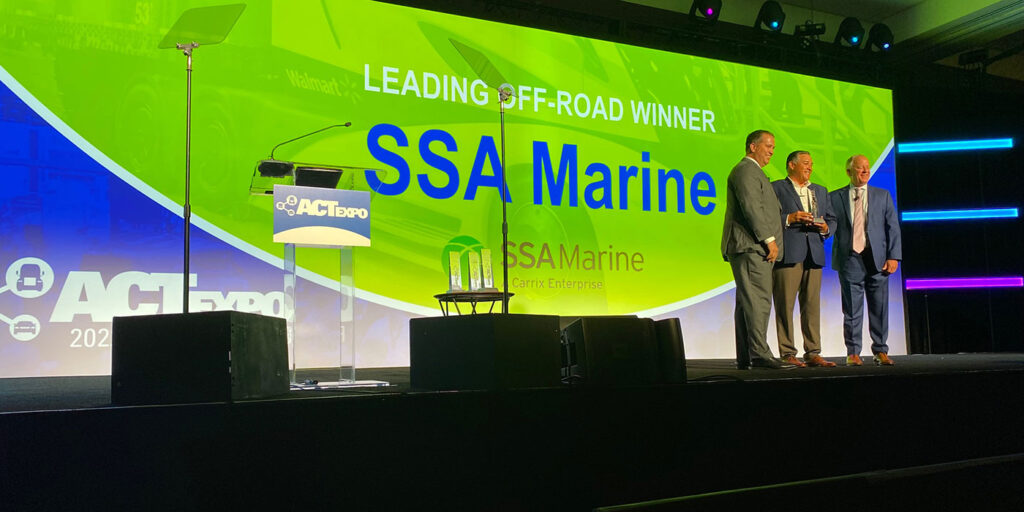
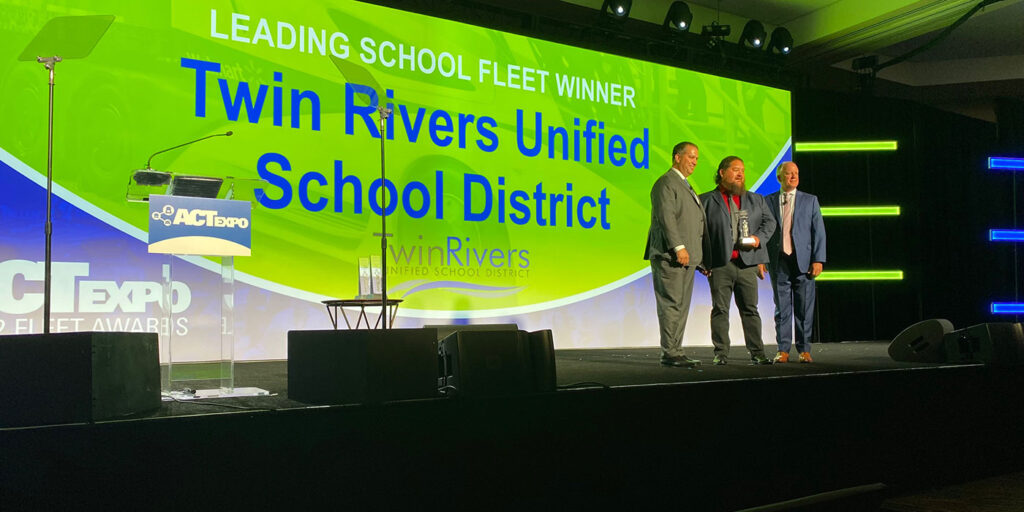
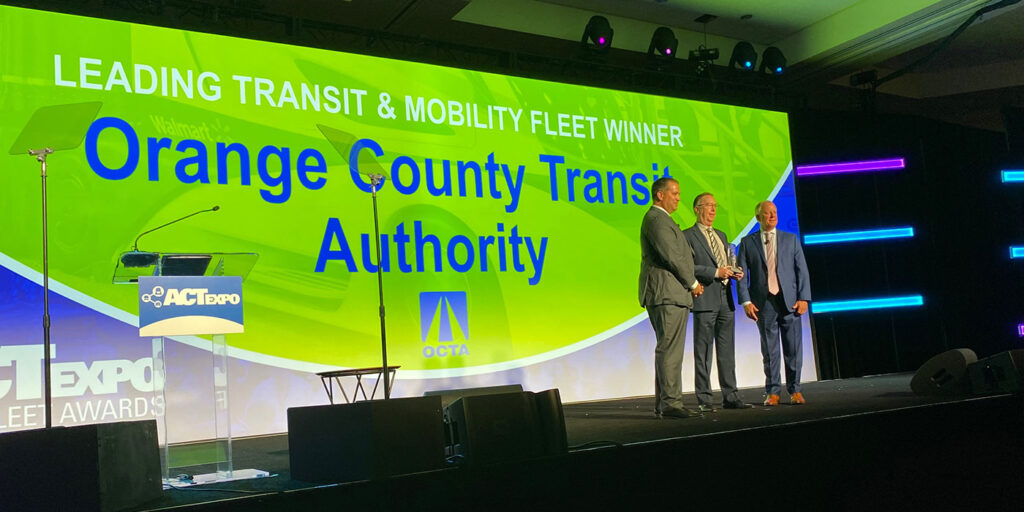
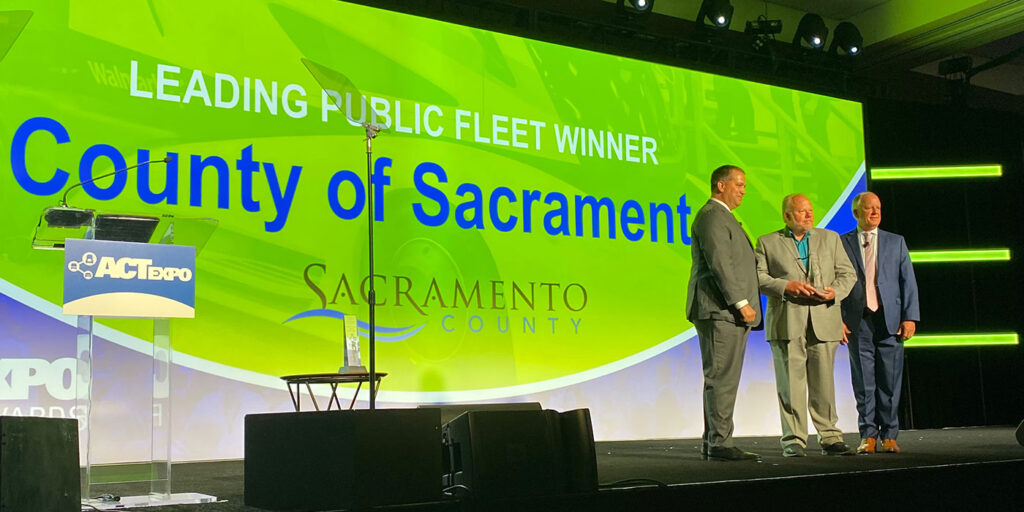
Keynote: Mathias Carlbaum, President and CEO, Navistar
The president and CEO of Navistar, Mathias Carlbaum, took the stage to present today’s keynote. He highlighted the challenges faced by zero-emissions vehicles and talked about the opportunities that are on the road ahead. Watch the video below for his presentation, and then click here to check out our story on his new direction for Navistar.

